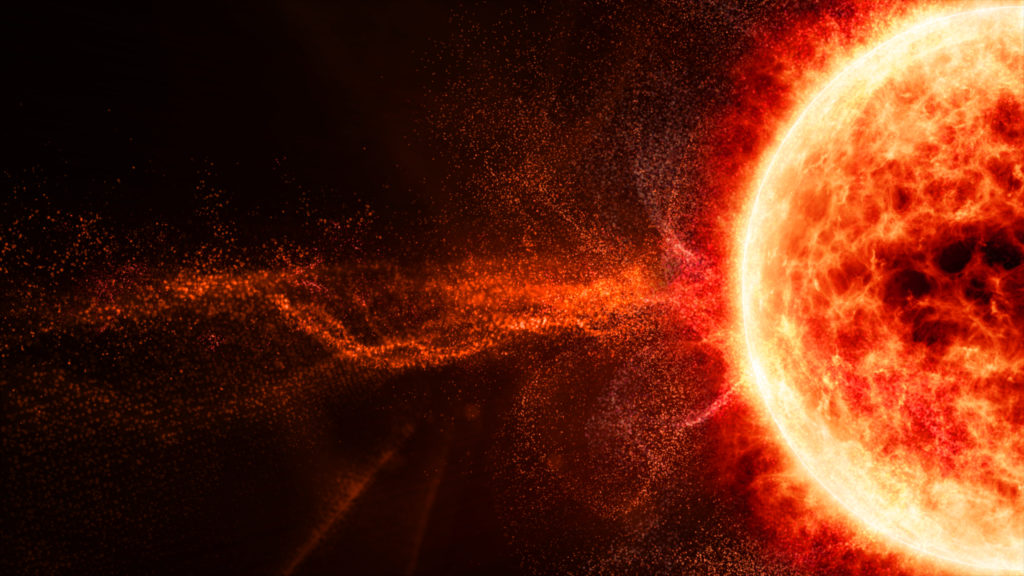The Sun, our life-giving star, continuously emits a stream of charged particles known as the solar wind. This constant flow of particles, primarily protons and electrons, travels through the Solar System at supersonic speeds.
The Mechanics of Solar Wind
The solar wind originates from the Sun’s corona, its outermost layer. The extremely high temperatures in the corona cause particles to escape the Sun’s gravity and accelerate into space. The solar wind is influenced by the Sun’s magnetic field, which can cause variations in its strength and direction.
The Impact of Solar Wind on Earth
The Earth’s magnetic field shields us from the full force of the solar wind. However, during periods of intense solar activity, the solar wind can interact with the Earth’s magnetic field, causing geomagnetic storms. These storms can disrupt satellite communications, power grids, and GPS systems.
On the positive side, solar storms can also create stunning auroras, or “northern lights,” as the charged particles from the solar wind collide with Earth’s atmosphere.
Solar Wind and Space Exploration
Understanding the solar wind is crucial for space exploration. Spacecraft must be designed to withstand the harsh conditions of the space environment, including the effects of the solar wind. Additionally, solar wind can affect the trajectories of spacecraft, requiring careful navigation and course corrections.
The Future of Solar Wind Research
Scientists continue to study the solar wind to better understand its behavior and its impact on Earth and space exploration. Advanced space missions, such as NASA’s Parker Solar Probe, are venturing closer to the Sun to gather valuable data on the solar wind and its origins.
By studying the solar wind, scientists hope to improve our ability to predict space weather events and protect critical infrastructure. Additionally, understanding the solar wind can provide insights into the formation and evolution of stars and planetary systems.
Would you like to delve deeper into a specific aspect of the solar wind, such as its effects on Earth, its role in space weather, or future research missions?
